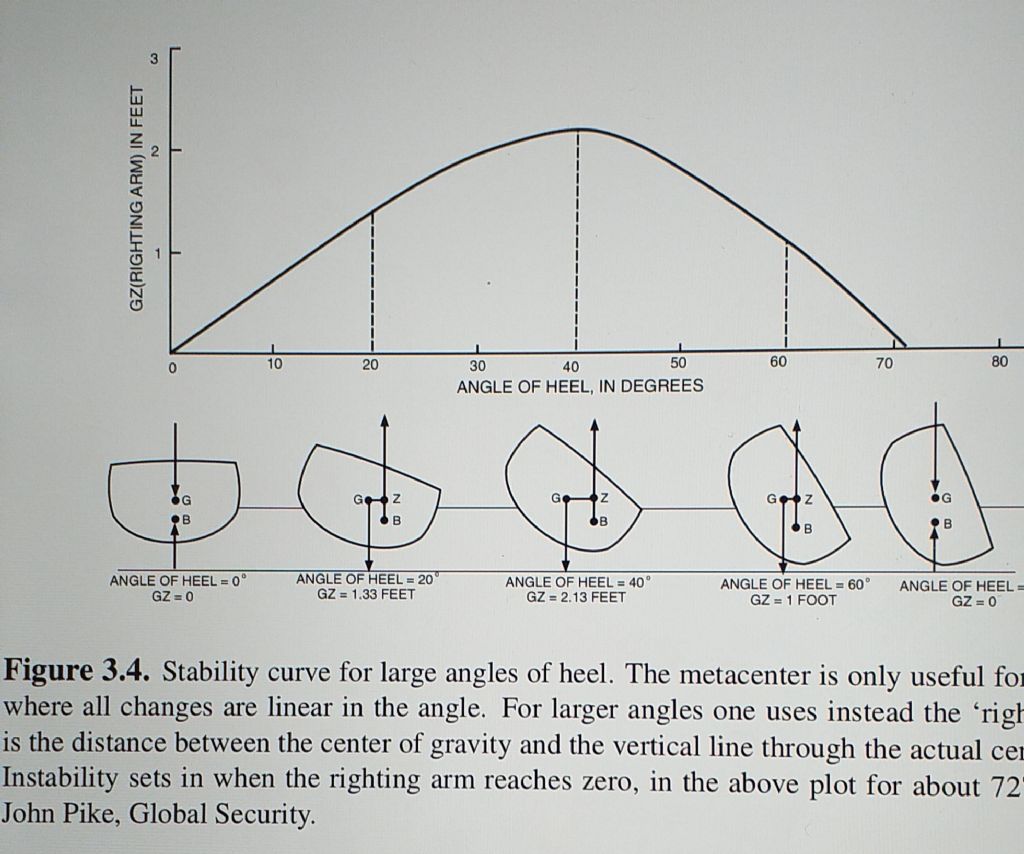I hope no-one thinks I'm proposing Copper is a good choice for a hull, only that the numbers suggest it's feasible.
Advantages:
- Bob has a sheet of it!
- Waterproof, rot-proof and fire-proof
- Monocoque construction possible
- High joint integrity, soldered, riveted, welded.
Disadvantages:
- Cost
- Weight
- Need for Copper-smithing skills
In Bob's case, only excessive weight is a potential show-stopper, but provided the total weight of the model is smaller than the displacement, it will float. I think it's feasible to use Copper. Actually, hulls have been made from all sorts, some highly unlikely! Woods, leather, bark, fibre-glass, plastic, concrete, iron, steel, aluminium, carbon-fibre, and exotics like newspaper, duct tape, and Pykrete (sawdust and ice). Wooden ships were often 'copper-bottomed'.
The material used to make a hull is a wide engineering choice. Leather is good for a primitive agricultural community with no trees, because they had few alternatives. Not so smart today. Concrete is normally considered too heavy for the same reason Tug and others rightly object to Copper, but concrete being cheaper than steel has been much used for static floating objects, lighters, and – most famously – the Mulberry Harbours. Rarely used for mobile vessels because fuel is wasted moving a heavy concrete hull rather than profitable cargo.
Balsa is much favoured by model makers for the reasons explained by Andy, but Balsa's high Specific Strength doesn't scale up. Balsa isn't used much in shipbuilding or aero-space. In common with all woods the size of individual members is limited. Above a certain size wood has to be jointed and joints are weak. The Kon-Tiki raft is about as big a vessel as can be made from balsa, and it's performance is easily exceeded by steel oil-drums! But Balsa's scale problem doesn't apply to a 30" long model boats, where most woods are suitable. Balsa is a better choice than copper, as are all the other model boat builder alternatives.
One advantage of copper, perhaps, is it allows monocoque construction. Hulls built from components like strips of wood supported on frames have multiple points of weakness. Considered as girders, wooden ships are weaklings. Hogging and sagging sank many vessels and it's all but impossible to build a wooden ship above about 1800 tons displacement, or beyond about 6000 tons with help from metals. Bob's hull, I think, will be self supporting with no need for a keel or frames, Unfortunately 16 gauge is heavier than needed, but hey, that's what he's got. Monocoque is difficult to do in non ductile metals like steel, but easy in fibre-glass.
I don't think there's any disagreement in this, we're looking at the same problem from different angles, If I was building my first model tug, and had to buy all the materials in, I'd follow the time-assured advice of experienced boat-builders. But Bob's interest in Copper sheet seems reasonable to me! If nothing else, it'll give the Antiques Roadshow something to talk about in a hundred years!
Dave
 Dave Halford.
Dave Halford.






